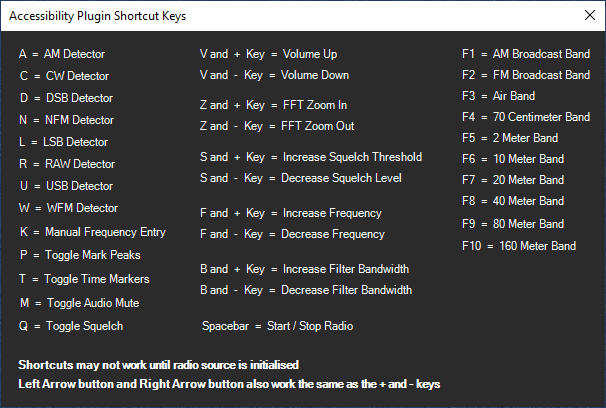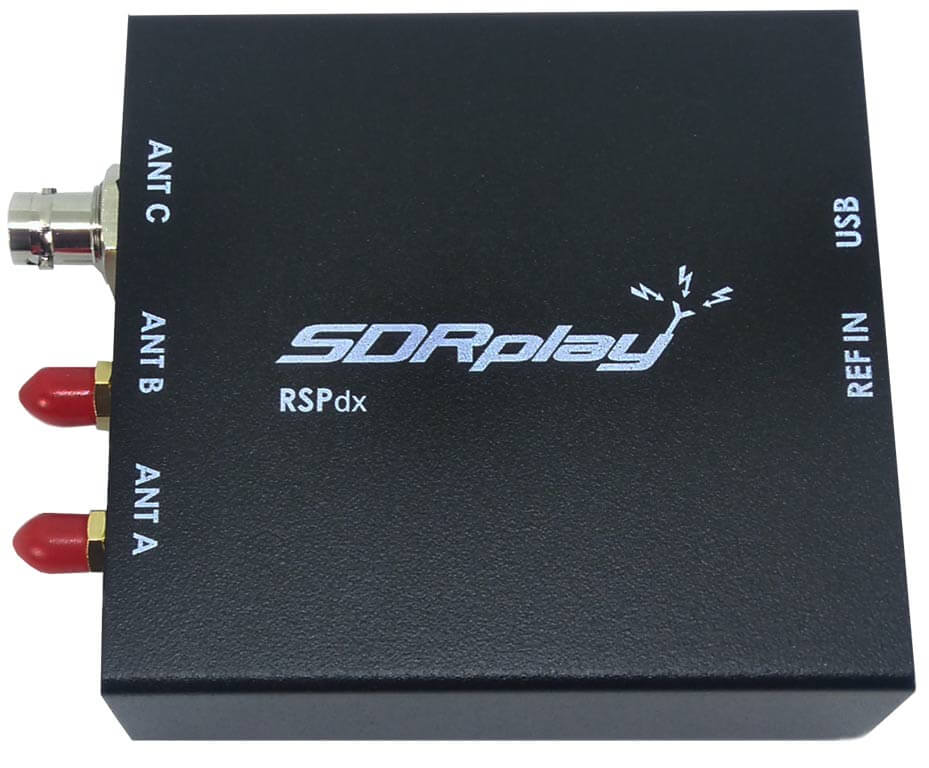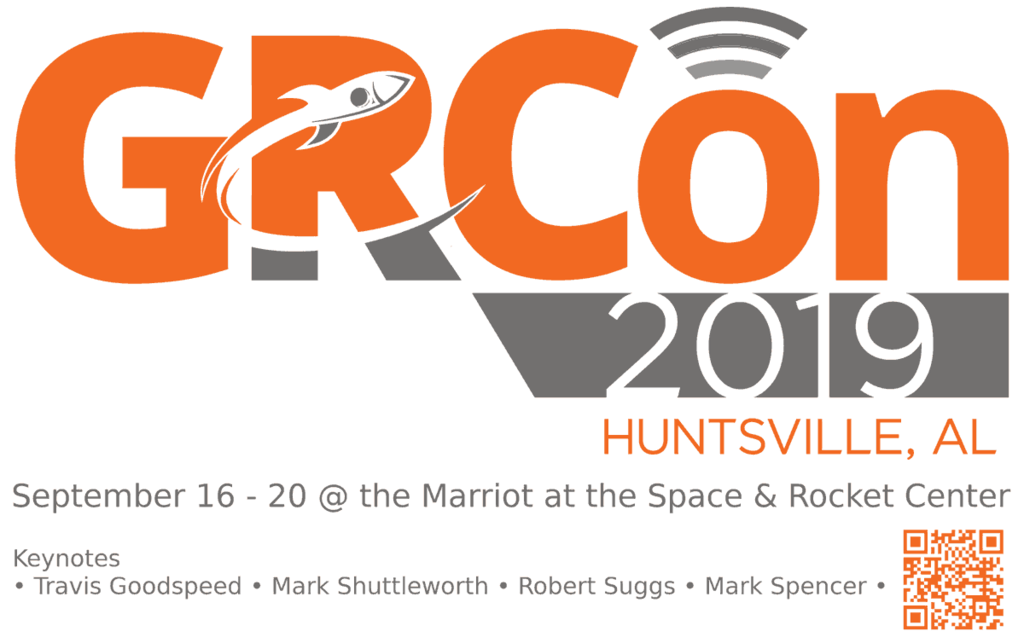DARPA (Defense Advanced Research Projects Agency) has recently released video from their Spectrum Collaboration Challenge Championship Event where team GatorWings took home a two million dollar prize. In the original DARPA grand challenge teams competed to produce an autonomous car that can get through an obstacle course. In this spectrum challenge DARPA poses the questions, what if there was no FCC to control the band plan, and how do we make more efficient use of a scarce spectrum?
Given those questions the goal is for software defined radios driven by artificial intelligence's created by each team to autonomously find ways to manage and share the spectrum all by themselves. The AI's are required to find ways to listen and learn the patterns of other AI SDRs using differing wireless standards all of which are competing for the same slice of spectrum at the same time. The competition asks the AI's to provide simulated wireless services (phone calls, data link, videos, images) during a simulation run with all the AI's running at once. Whichever AI is able to provide the most stable services and at the same time share the spectrum fairly with the other AI's wins.
On October 23, 2019, ten teams of finalists gathered to compete one last time in the Championship Event of DARPA's Spectrum Collaboration Challenge (SC2), a three-year competition designed to unlock the true potential of the radio frequency (RF) spectrum with artificial intelligence. DARPA held the Championship Event at Mobile World Congress 2019 Los Angeles in front of a live audience.
Team GatorWings from University of Florida took home the $2 million first prize, followed by MarmotE from Vanderbilt University in second with $1 million, and Zylinium, a start-up, in third with $750,000.
Throughout the competition, SC2 demonstrated how AI can help to meet spiking demand for spectrum. As program manager Paul Tilghman noted in his closing remarks from the SC2 stage: "Our competitors packed 3.5 times more wireless signals into the spectrum than we're capable of today. Our teams outperformed static allocations and demonstrated greater performance than current wireless standards like LTE. The paradigm of collaborative AI and wireless is here to stay and will propel us from spectrum scarcity to spectrum abundance."
The highlights video is shown below, and the full two hour competition stream can be viewed here.
The competition was run on the DARPA Colosseum, the worlds largest test bed for performing repeatable radio experiments. Capable of running up to 128 two channel software defined radios with 3 peta-ops of computing power it allows experimenters to accurately simulate real world RF environments. It works by connecting special "channel emulator" RF computing hardware to each physical SDR, which can emulate any RF environment.




